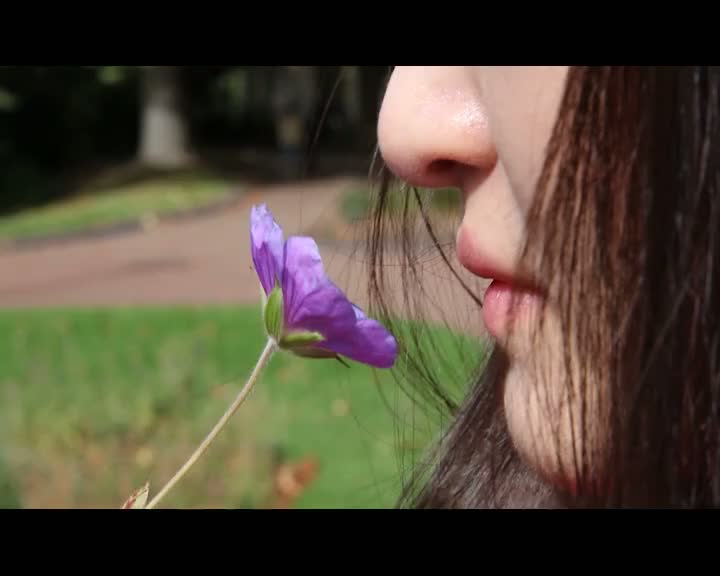REFLECTION (PB3)
My group and I created Spaces, a experiential non fiction work that explores how people interact with spaces. We focussed on actions within numerous spaces that make sense and make no sense. We explored body movement and shape, human interaction and what can be perceived as normal and not normal. In terms of technical constraints for the work, we decided to include five landscape shots and then six close up shots within that. Our temporal constraint was that each landscape consisted of twenty seconds and each close up was ten seconds. The overall work consists of two interfaces, one that portrays a landscape shot of a space as well as six close up shots of actions within that space. Three of the close up shots portray actions that make sense and three which do not. In order for the audience to move through the work we created a second interface. The audience may click on a close up action that intrigues them, this could then bring up a related close up shot from a different location. If the audience were to click on this screen it would bring them to the second interface when consists of two screens, one portraying the action and the second portraying the landscape shot of the next location.
Our initial concept for this project was derived through understanding of the affordances of Korsakow, the software we were expected to utilise to create the final work. Our final work achieves modularity as it consists of thirty-five separate media fragments the function both as a whole work but can also be consumed separately. We wanted to create a final project that could be viewed as a whole piece, but additionally for each individual SNU or fragment to make sense on its own simply through aesthetics. We wanted the project to be a visual sensory experience, in that each individual media fragment is shot in a way that made it interesting for the audience as an individual part. However, the visual component of Spaces was also significant in the work’s ability to be viewed as a whole. We wanted audiences to make visual connections as well as human associations. By this I mean that the audience can see the similarity between two clips in terms of the way it is shot and the action being portrayed through the camera. We wanted to portray actions in separate places in a similar manner, an example being smelling a flower in a park and then that same action being replicated in a supermarket through smelling butter. While the action of smelling butter in a super market does not make sense, it is through visual associations and connections that audience understanding may be generated.
Throughout the process of creating the work I thought a lot about audience interactivity and therefore variability. In my second blog post I explored the notion of spatial montage and how this can afford audiences the ability to make connections and associations between media fragments. Our work is variable in that each audience member will have a unique experience of the work. Korsakow affords users the ability to create work that does not follow a linear path, rather I would describe our Korsakow work as a looping meshwork of connections and fragments. Throughout the process of creating the work I learnt that I have no control over what the audience may conceive the work to be. In my third blog post I pondered the notion of media work having a point or intended meaning. The reality is that the audience may not derive the same meaning from the work as the filmmaker intended. As we were filming the close up shots of actions that made sense I realised that even those actions looked weird due to the extreme close up shot. While it may be normal to stroke grass in a park, shot extremely close up it just looks weird. I needed to let go of thinking it needed to mean something or make sense. When I complete work I think a lot about audience perception, perhaps too much so. In theory I can understand that media work does not inherently need to have a point however through creating this project I realised that it can be difficult to apply what I have learned to actual making. However, I have also developed a further appreciation of the visual side of media production and what that may mean for audiences. In this way, our work is variable in that each audience member may experience it completely differently and may derive completely different meaning from it or no meaning at all.
I gained a lot from the process of creating this work. I was able to further develop my understanding of media production for online screen. The aspect of the work that I found the most challenging yet also the most intriguing was the visual aspect, in particular visual connections and derived meaning. Is it possible to create a fictitious project through extreme close ups of body movement and actions? How can we utilise camera to explore the human body as almost an object? Furthermore, how would this translate in terms of audience interaction and understanding?


